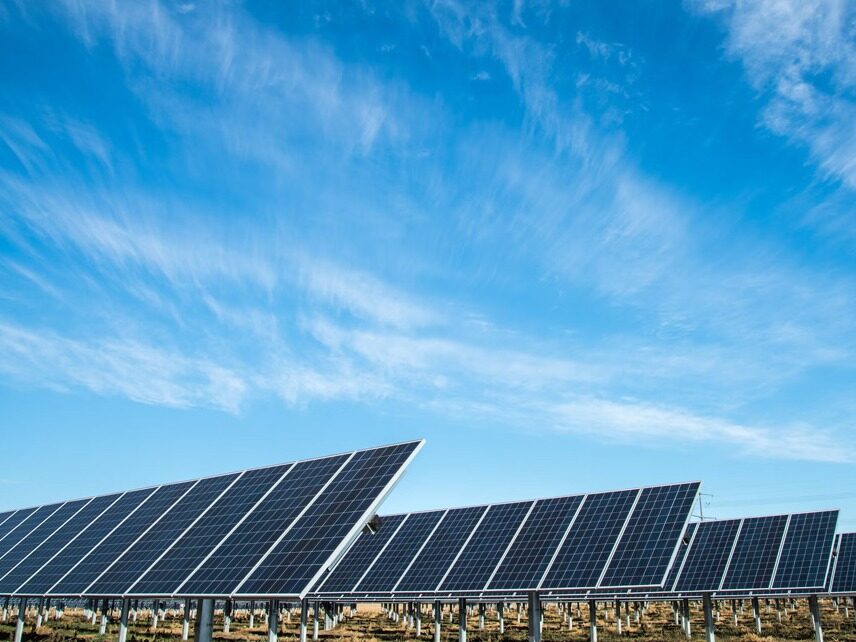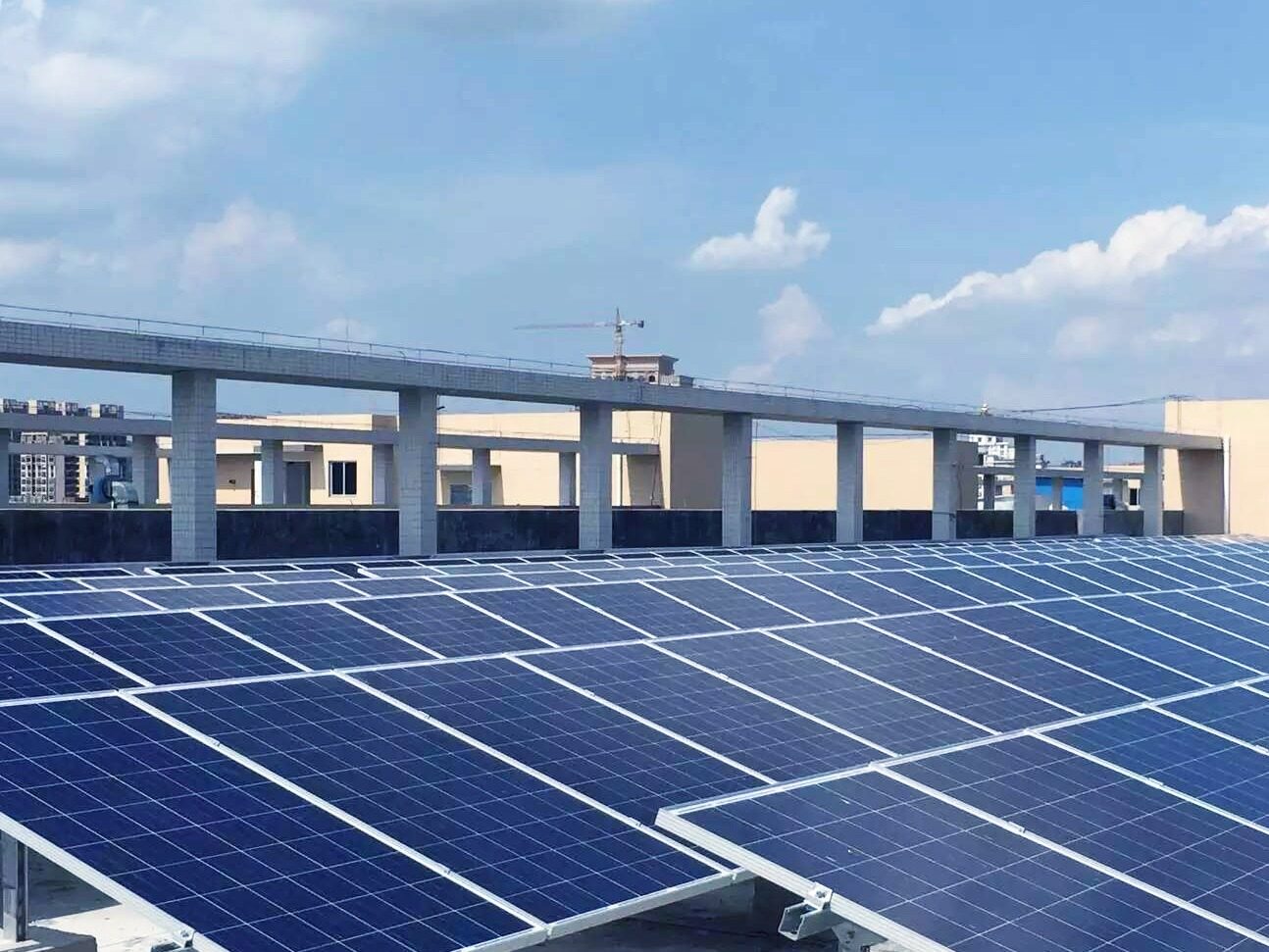- Japan's hydrogen energy strategy has attracted much attention, and the development of hydrogen energy is in a bottleneck period

As a key area of Japan's new draft energy basic plan, hydrogen energy strategy has attracted attention from all walks of life. According to the plan, the price of liquid hydrogen will drop sharply in the future, and it will eventually be basically the same as the prices of gasoline and liquefied natural gas. At present, although Japan's hydrogen energy technology has basically taken shape, it still faces many bottlenecks in the transition from experiment to full popularization: first, the cost is too high, the second is the lack of scale effect, and the third is that there are still technical problems to be solved urgently. Financial, administrative and other aspects have increased all-round support for the hydrogen energy industry.
Not long ago, Japan's Energy Resources Agency issued a new version of the draft energy basic plan in order to achieve a virtuous cycle of economy and environment. In fact, starting in 2020, Japan has taken many actions in the field of new energy.
In October 2020, the then-Prime Minister Yoshihide Suga announced the 2050 carbon neutral target for the first time in his congressional policy speech. He said: "Responding to global warming should not become a constraint to economic development. Actively responding to global warming can drive industrial structure and economic and social changes, and drive the Japanese economy to achieve greater development. The government will accelerate the transformation of research results through technological innovation. Speed, through general mobilization of administrative restrictions and other policies to promote the popularization of green investment and achieve decarbonization. At the same time, Japan must also improve the efficiency of green transformation and development through the digital revolution in the environmental field, so as to lead the development of the world's green industry and create a virtuous circle of economy and environment ."
In April 2021, the Japanese government announced a new greenhouse gas emission reduction target, striving to reduce emissions by 46% by 2030 compared to 2013. At present, the Ministry of Economy, Trade and Industry of Japan has started to formulate new industrial policies with this goal. It is reported that the green growth strategy sets the highest goals in 14 areas, and puts forward specific recommendations to promote the implementation of the strategy from the perspectives of budget, taxation, relaxation of government restrictions, formulation of industrial standards, and strengthening of international cooperation.
Among many fields, hydrogen energy strategy is one of the key points. The hydrogen energy strategy includes a vision for 2050 and an action plan before 2030. The goal is to reduce the price of liquid hydrogen per cubic nanometer from the current 100 yen (1 yen is approximately RMB 0.056) to the 30th in 2030. Yuan, it will be further reduced to 20 yen in the future, which is basically the same as gasoline and liquefied natural gas prices. In order to reduce costs, the Japanese government has proposed measures from both supply and consumption, including increasing productivity, increasing imports, building an integrated industrial chain of manufacturing and transportation, improving the construction of transport ships, pipelines, and hydrogen refueling stations, and promoting automobiles and power generation. The hydrogen consumption in industries such as ironmaking and ironmaking strives to reach 3 million tons of hydrogen consumption in 2030 and 20 million tons in 2050. To this end, Japan has also revised its hydrogen fuel cell roadmap and formulated a hydrogen fuel cell technology development strategy.
Priority strategy first
Over the years, the Japanese government has provided huge financial support for hydrogen energy development. The Ministry of Economy, Trade and Industry alone’s financial subsidies for hydrogen fuel cell projects have increased from 70 billion yen in 2020 to 84.8 billion yen in 2021. In addition, subsidies from the Ministry of the Environment, the Ministry of Education, Culture, Sports, Science and Technology and local governments are also considerable.
As of the end of 2020, 162 hydrogen refueling stations have been built in Japan. The goal in 2030 is to build 900, increasing the number of hydrogen fuel cell vehicles from the current 3,800 to 800,000, and adding 1,100 new energy buses for industrial use. 10,000 forklifts. In the future, household hydrogen generator sets will increase from the current 330,000 units to 5.3 million units.
In March 2020, in order to develop the international market for hydrogen energy, private companies such as Mitsubishi Corporation of Japan and 5 Singapore companies signed a memorandum of cooperation on the economic development of hydrogen energy in Singapore. In October of the same year, Sumitomo Corporation of Japan signed a memorandum of understanding on hydrogen energy industry chain cooperation with many companies in Malaysia.
Although Japan's hydrogen energy technology has basically taken shape, it still faces many bottlenecks in the transition from experimentation to full popularization. First, the cost is too high. For example, the "Future Hydrogen Fuel Cell Vehicle" first developed by Toyota Motor Corporation is sold at a price of 3 million yen higher than that of a hybrid vehicle. The new strategic roadmap proposes to reduce the price difference to less than 700,000 yen by 2025, but how to reduce the cost of technology and raw materials still troubles manufacturers. The second is the lack of economies of scale. At present, the construction cost of each hydrogen refueling station is 350 million yen, and the annual operating cost is about 35 million yen. Even if according to the plan, 900 hydrogen refueling stations will be built by 2030, their construction and operating costs are still much higher than the current level of gas stations, and it is difficult to achieve market-oriented independent operation in the short term. Third, there are still many technologies related to industrial hydrogen energy that need to be resolved urgently.
Japan’s newly-elected Prime Minister Fumio Kishida delivered a policy speech to the National Assembly on October 8, 2021, stating that building the country through science and technology is an important part of its economic growth strategy. He emphasized that it is necessary to boldly increase research and development investment in cutting-edge technology fields such as green energy, artificial intelligence, quantum computers, and the universe. In order to achieve the goal of carbon neutrality by 2050, the response to global warming should be taken as the driving force of economic growth, and new energy strategies should be formulated and implemented vigorously. The commentary believes that the Japanese industry is looking forward to the Japanese government's increase in all-round support for the hydrogen energy industry from financial and administrative aspects.Editor/XuNing
Comment
 Praise
Praise
 Collect
Collect
 Comment
Comment
 Search
Search














Write something~